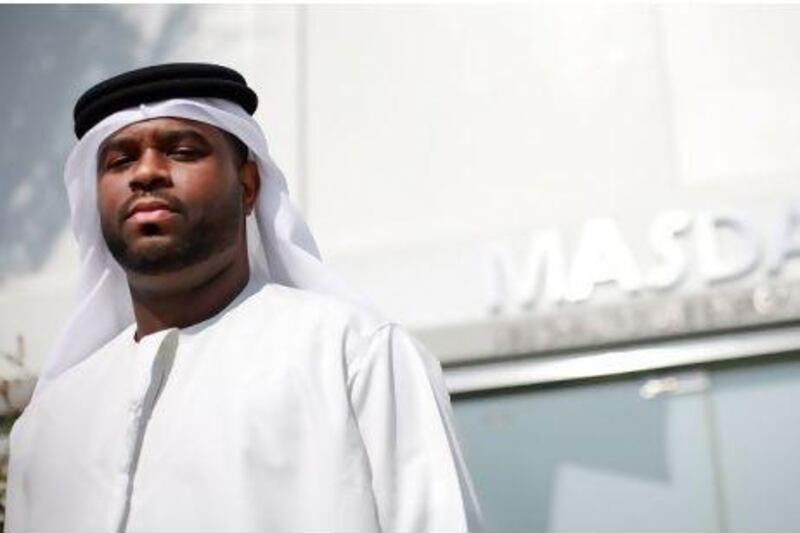Today's opening of the Shams 1 concentrated solar power plant will mark the culmination of the largest renewable energy project in the Middle East.
Costing Dh2.2m to build, the plant in Madinat Zayed in Abu Dhabi's Western Region, will generate 100 megawatts (MW) of clean and sustainable energy - enough to power 20,000 homes, and the biggest step so far toward's Abu Dhabi's goal of getting seven per cent of its energy from renewable sources by 2020.
The project has been huge. Shams 1 has 258,048 parabolic trough mirrors, 192 solar collector assembly loops with eight solar collector assemblies per loop, 768 solar collector assembly units and 27, 648 absorber pipes.
But more than any of that, the plant is an integral part of Abu Dhabi's 2030 Vision, with its goals of diversifying the region's energy mix and building a knowledge-based economy.
"Shams 1 fits into Masdar's goals, and Masdar fits into Abu Dhabi's broader energy story," said Bader Al Lamki, director of clean energy at Masdar, the Mubadala company that owns 60 per cent of the Shams Power Company.
"This country has been demonstrating leadership in supplying energy to the world for the past five to six decades.
"Hydrocarbons will diminish one day and it is important that we diversify the mix. Abu Dhabi has been a leader in this field, and we would like to continue in that role on the global stage."
The UAE is currently the world's third-largest oil exporter, and is heavily reliant on burning gas to produce its own energy. With an expanding population, demand for that electricity is likely to continue to rise.
When fully operational, the plant, spanning 2.5 square kilometres, will displace a CO2 equivalent to planting 1.5 million trees, or taking about 15,000 cars off the road.
And the marketplace is becoming far more open to this kind of venture, despite its higher initial costs.
"We've seen renewables achieving great parity in this region and across the world," said Mr Al Lamki. "This is a sector that is going to grow with time. Costs are decreasing and the value proposition is not just driven by cost, but also driven by the opportunity itself.
There are significant long-term economic benefits to investing in such technology. "By increasing the penetration of renewables, you can reduce the amount of exposure to imported fuels, be it liquid hydrocarbons or gas, and by doing so the business case is becoming more attractive because you avoid importing at market price."
But there is much further to go. To meet the 7 per cent target would take 15 plants like Shams 1.
And renewable is just part of the story. By 2020, about a quarter of the country's energy is expected come from nuclear power.
"In Abu Dhabi we will have an energy mix, we'll have the concentrated solar power part - Shams 1 - and we can also execute photovoltaic projects and we are studying the potential for wind projects as well," said Yousif Ali, general manager of Shams Power Company.
He explained that this plant is one of the biggest solar thermal plants in the world. "Shams 1 is part of Abu Dhabi's renewables target for 2020. This is the first commercial plant to contribute to this figure.
"CSP plants are not as simple as wind turbines or photovoltaic technology. It's a very complex project - it's not easy to build a plant like this, that's why it has taken this long."
In the future Masdar is keen to undertake new challenges, not just in the UAE, but also across the globe.
"Masdar are part of the Valle 1 and 2 projects in Spain, we are also a partner in the London Array, the biggest wind farm in the world, which will start operations soon.
"We are building a wind farm in the Seychelles, and are ready to complete a 15MW photovoltaic project in Mauritania."
"In the UAE Shams 2 and 3 are still under feasibility studies. We are analysing different technology - the market is changing but we always try to get the best for Abu Dhabi," Mr Ali added.
Mr Al Lamki said Masdar's aims are becoming reality.
"The 2030 vision is actually being implemented, and the reasons for it are starting to become more evident by virtue of our projects on the ground, and in human capital.
"Local people have taken an interest in the sector and now have become experts."





